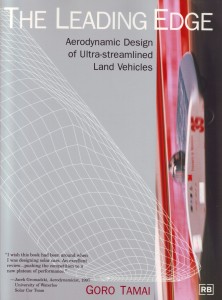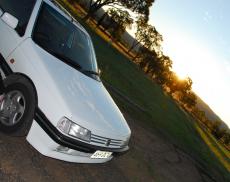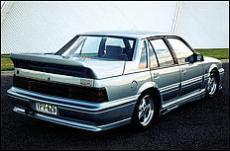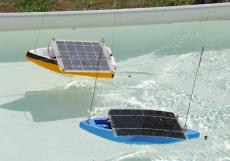Compulsory Aerodynamic Reading
 It’s happened only a few times in my life, and each time it’s been a salutary experience.
It’s happened only a few times in my life, and each time it’s been a salutary experience.
One occasion I can remember is a long time ago. I was in junior secondary school and was heavily into solar energy. I’d constructed my own solar water heaters, solar pie warmers and other bits of gear. I knew about meridian altitude, I knew about flat plate collectors and thermal mass.
I’d also read all the books I could get my hands on that dealt with solar heating and knew inside-out the (handful) of books on the topic in the school library.
In fact I was pretty smug about my level of knowledge and understanding.
Then a new book came into the library. I can even remember its size and shape – it was a book long in landscape direction and had soft covers. It was also quite thick.
I remember I picked this book and started looking through it with little interest. After all, I already knew everything about solar energy…
But, all of a sudden, I went very quiet and became intent. I was just about to discover a whole new world of solar energy complexity and relevance; my learning on the subject was going to progress hugely.
- » Continue reading or Comments (6)

 Julian Edgar, 50, has been writing about car modification and automotive technology for nearly 25 years. He has owned cars with two, three, four, five, six and eight cylinders; single turbo, twin turbo, supercharged, diesel and hybrid electric drivelines. He lists his transport interests as turbocharging, aerodynamics, suspension design and human-powered vehicles.
Julian Edgar, 50, has been writing about car modification and automotive technology for nearly 25 years. He has owned cars with two, three, four, five, six and eight cylinders; single turbo, twin turbo, supercharged, diesel and hybrid electric drivelines. He lists his transport interests as turbocharging, aerodynamics, suspension design and human-powered vehicles.




